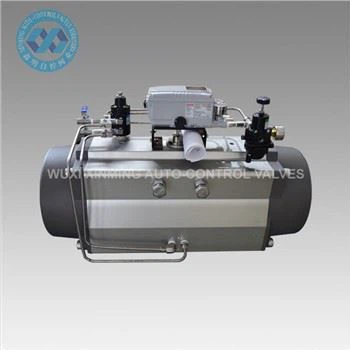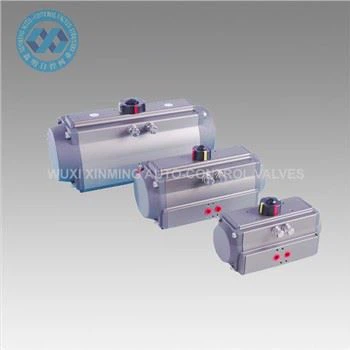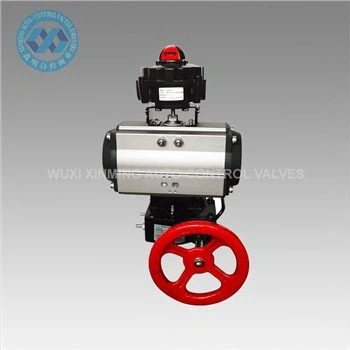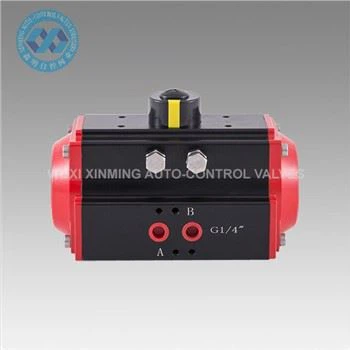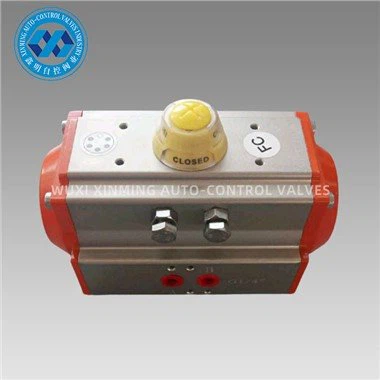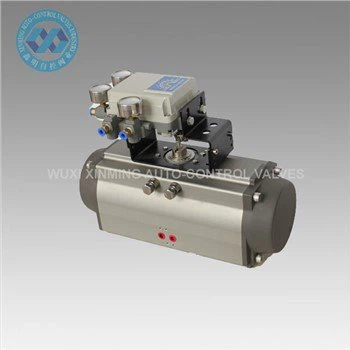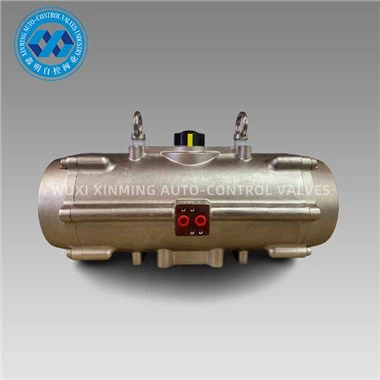1. Introduction to NAMUR Standard Actuators
NAMUR (Normenarbeitsgemeinschaft für Mess- und Regeltechnik in der chemischen Industrie) is a German association that develops standards for process control equipment, particularly for the chemical and pharmaceutical industries. NAMUR standard actuators are specialized pneumatic or electric actuators designed for compatibility with on-off and control valves in hazardous environments.
These actuators comply with EN ISO 5211 (mounting interface) and IEC 61508/61511 (functional safety) standards, ensuring reliable operation in explosive atmospheres (ATEX/IECEx zones).
2. Key Features of NAMUR Actuators
2.1 Standardized Mounting (EN ISO 5211)
- Direct interchangeability between different manufacturers.
- Flange dimensions follow strict specifications for valve attachment.
2.2 Explosion-Proof Design
- Compliant with ATEX Directive 2014/34/EU and IECEx for use in hazardous areas (Zone 1/Zone 2).
- Non-sparking materials (e.g., aluminum with special coatings).
2.3 NAMUR Solenoid Valve Interface
- Predefined port sizes (VDI/VDE 3845) for solenoid valves.
- Ensures quick connection to pneumatic control systems.
2.4 Position Feedback (NAMUR NE 43)
- Proximity sensors (inductive or magnetic) for open/close status.
- Output signals: PNP/NPN (24V DC) or NAMUR NE 43 (2-wire).
3. Types of NAMUR Actuators
3.1 Pneumatic NAMUR Actuators
- Spring-return (single-acting): Air pressure opens/closes the valve; spring returns to fail-safe position.
- Double-acting: Air pressure drives both directions (no spring).
- Scotch-yoke or rack-and-pinion mechanisms for torque transmission.
3.2 Electric NAMUR Actuators
- Motorized quarter-turn (90° rotation) for automated valve control.
- Explosion-proof enclosures (Ex d, Ex e, or Ex n certifications).
4. Compliance & Certifications
5. Applications
- Chemical & Petrochemical Plants: Control of corrosive/flammable fluids.
- Pharmaceuticals: Sterile process valve automation.
- Oil & Gas: Offshore platforms, pipelines, and refineries.
- Water Treatment: Automated ball/butterfly valves.
6. Selection Criteria
When choosing a NAMUR actuator, consider:
- Torque requirements (Nm) based on valve size.
- Fail-safe mode (spring-return vs. double-acting).
- Environmental conditions (temperature, corrosive exposure).
- Certifications (ATEX, SIL, IECEx).
7. Future Trends
- Wireless monitoring (IoT-enabled actuators for predictive maintenance).
- Higher safety integrity levels (SIL 3) for critical processes.
- Lightweight composite materials for improved durability.
8. Conclusion
NAMUR standard actuators ensure safe, reliable, and interchangeable valve automation in hazardous industries. Their compliance with EN ISO 5211, ATEX, and NAMUR NE 43 makes them indispensable in chemical, oil & gas, and pharmaceutical applications. Engineers must prioritize torque, fail-safe design, and certifications when selecting these actuators.
If you want to learn more about low-priced products, please visit the following website: www.xm-valveactuator.com


